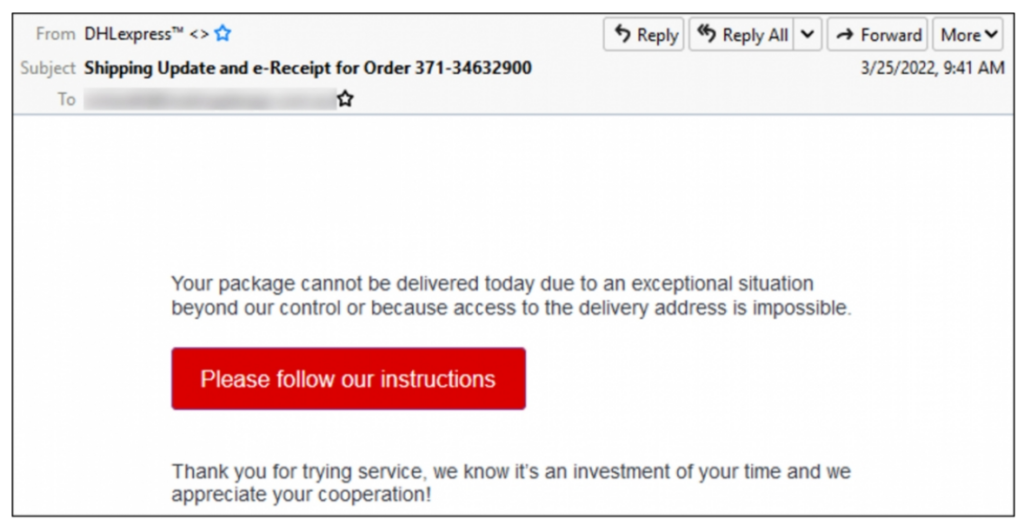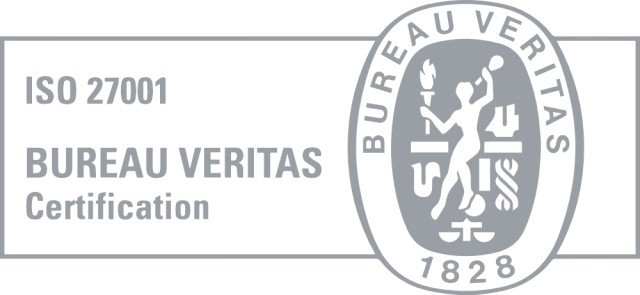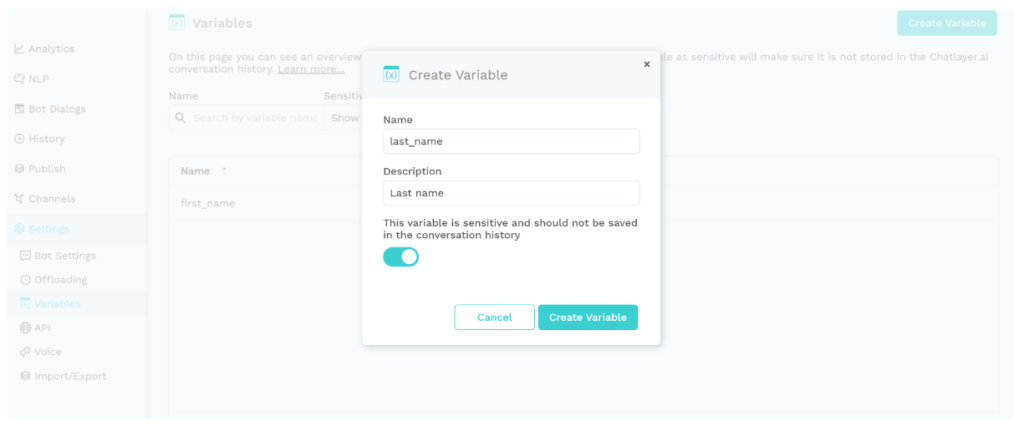Are chatbots a security risk? Not any more than your smartphone, but as with any technology, it’s important to be aware of the possible dangers that can come with it. We’ll walk you through the most common chatbots security risks and show you what measures and best practices you can follow to make sure that your chatbot is as secure as possible.
“New phishing attack tricks users with fake chatbot.”
“Hackers can turn your chatbot into an evil bot.”
“Chatbots can be weaponized.”
You've probably started to notice more headlines like these in the past few months. Especially with the rise of popular bots like ChatGPT, security concerns around the use of chatbots grow. Does this mean that chatbots are a security risk? Yes and no!
Yes, because, on the one hand, like any other technology that is connected to the internet and processes valuable information, chatbots are a target for hackers.
On the other hand, as chatbots are becoming smarter and more useful, more companies and people have started using them — which, in turn, makes the technology more attractive for hackers. However, that doesn’t mean that chatbots inherently present a bigger risk than let’s say the security camera outside your house.
And while there is no such thing as unhackable technology, there are ways to ensure that your chatbot system is as secure as possible, and well-protected against attacks.
What type of risks can be encountered with chatbots?
When it comes to chatbots and security risks, there are typically two major types of dangers: threats and vulnerabilities. These are not unique to chatbots, but the ways in which users or companies might encounter them with bots can differ from other systems.
Vulnerablities
Vulnerabilities refer to issues in your system, such as unencrypted chats or insufficient security protocols. These weaknesses in themselves are not a threat, but they allow hackers to get threats into your system. In other words: Vulnerabilities are like doors that you didn’t lock, and make it easy for criminals to break in.
Threats
Threats are usually one-time events that either expose sensitive user data or harm the company in some way.
Very often these threats will manifest themselves in some type of malware, such as a virus, spyware or a Trojan. Just like in other digital applications, if hackers find a vulnerability in the chatbots, they can place malware inside your system.
Another type of chatbot security threat that we start seeing more is phishing.
In a phishing attack, hackers send unassuming users an e-mail that looks like an official mail from a known organization, like a bank, a phone company or an insurance provider.

The users click on a link in that e-mail that then leads them to a “chatbot” which will ask the user to verify their identity by providing sensitive data like their bank account or social security number. However, since the bot is fake, the information ends up with cyber criminals that will then maliciously use that information.
The fact that users might fall for this type of threat is not necessarily a problem for your company, but if the hackers impersonate your company, it could still damage your image. In addition, it also diminishes the trust that users have in chatbots.
That’s why it’s important to set up certain procedures to keep the risk of chatbot security attacks as low as possible — before you even launch the bot.
These five measures ensure the highest security standards for your chatbots
There are certain measures you can take to make sure that both your company and your customers have a safer interaction with chatbots.
1. Check the certified security standards on the bot you implement
The first step is to check if the chatbot solution you are implementing is certified to meet security standards such as the ISO 27001.

The ISO 27001 is a voluntary certification that shows that the company that is providing the bot technology has invested in resources that will protect your company’s data.
2. Set up safety standards that ensure data protection
When users talk to a chatbot, they will be asked to provide sensitive information, such as their bank account number or their medical history. It’s important to make sure that this information is not visible to outsiders. This gets tricky when there is an issue with your bot that the bot builders need to fix.
How can they still access the conversation without being privy to sensitive information? The AI chatbot experts at Sinch Chatlayer came up with a clever solution for this issue. With their chatbot solution, it is possible to set certain data as variables.

These variables will then not be stored in the conversation history, and other platform users will only see a placeholder.
Another way to protect data is to set up time frames for data retention. Should the data be saved for 30 days? Or is it better to delete it after a few hours? Depending on the type of information your bot handles, the time period you need to set for data retention can differ. It’s important though that the chatbot solution you choose enables data retention, and lets you adjust the settings as well.
3. Regulating access to sensitive information
Apart from protecting customer data from outsiders, it’s also critical to regulate who in your company has access to it. Let’s say that your company is using two chatbots, one for customer service and another internal HR bot, then both departments work with the same system. However, the HR team should not have access to customer data, and, in turn, your customer service agents should not have access to employee data.
Secure chatbots solutions will allow you to assign roles and set up bot access restrictions that will regulate who has access to a bot, and who doesn’t.
4. Use a safe sign-in process
Does your organization use an identity and access management system (IAM)? Use it to access your chatbot platform as well! It’s already a secure set-up, and your team can just use the same IAM tool.
Secure chatbot solutions will offer you a single sign-on configuration that you can connect to IAM systems like Azure Active Directory, Okta, OneLogin, or Ping Identity, and make your sign-in process safer.
5. Educate your team and your customers
As with any new technology, users will have to be made aware of potential risks. Teach your employees how to use chatbots in the most secure way possible, and educate your customers as well. The more the users know about chatbots, the easier it will be for them to spot and avoid security threats.
Ways to test your chatbot
Before you allow your chatbot into the “wild”, it’s a good idea to test how secure it is.
Penetration testing
Penetration tests are basically friendly hacks on your system where IT experts try to hack the bot. It exposes vulnerabilities in your system, and helps you fix issues before launching a bot.
API testing
It might also be worth it to run a system check on your application programming interface (API) to see if there are any vulnerabilities you might have missed.
User experience testing
User experience testing (UX testing) is exactly what it sounds like: users interact with your bot to test it. This gives you valuable insights not only regarding possible security hiccups, but it also shows you how smooth the interaction is, and how you can improve it.
New developments in chatbot security
As the chatbot market is growing, there are also new technologies that are being developed to improve chatbot security. For one, chatbots are becoming smarter, which makes it easier for them to spot security threats.
User behavioral analytics (UBA) is another emerging field in chatbot security. UBAs are programs that use statistics and algorithms to recognize suspicious user behavior. This is still a relatively new field, but offers great promise for detecting potential security risks.
Conclusion: Thinking about chatbot security is key
Chatbots do not present a higher security risk than other technologies. However, if you want to use the technology successfully in your business and make sure that users trust it, it is important to make sure that the systems are as safe as possible.
Thinking about chatbot security is therefore key when starting out with a bot. A well-protected system reduces the security risks for you and your customers and improves the user experience.
That’s exactly what the chatbot solution from Sinch Chatlayer offers: a secure platform that protects your and your customers’ data!
This is important for companies that are active in a country that has multiple languages, like Belgium, for example, or for global companies that are active in multiple countries.
Joachim Jonkers | Director of Product - Conversational AI at Sinch
🤖🔒 Do you want to create a chatbot that meets all security requirements at the highest standards, and is easy to set up? Check out our chatbot builder at Sinch Engage!




